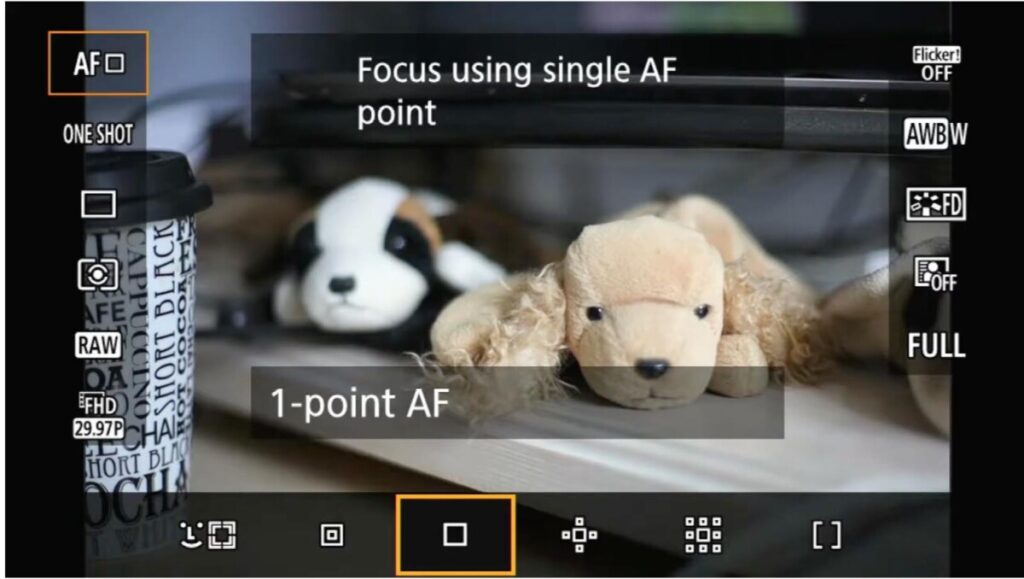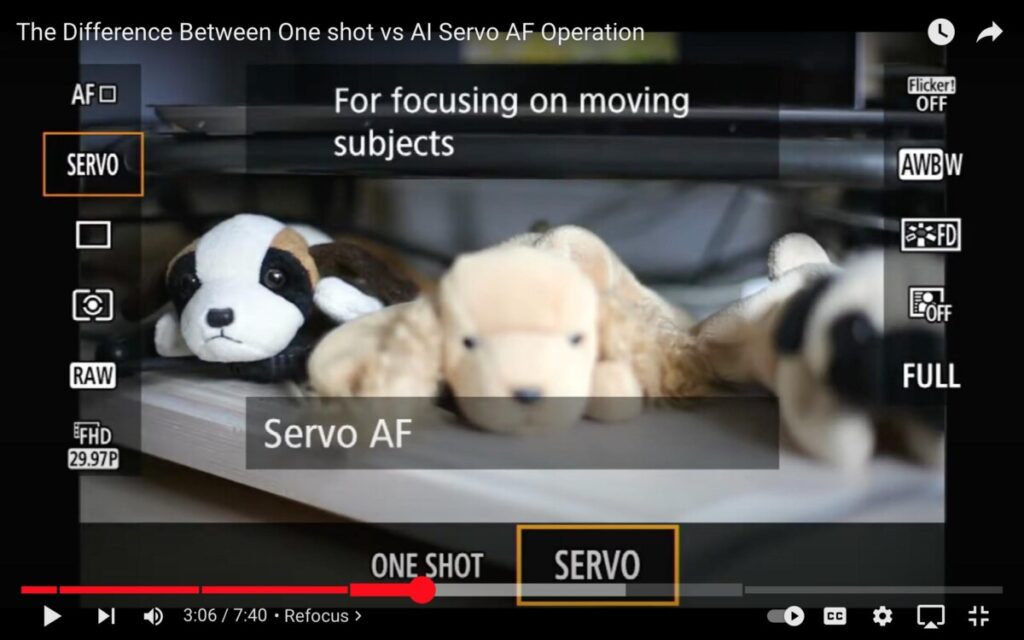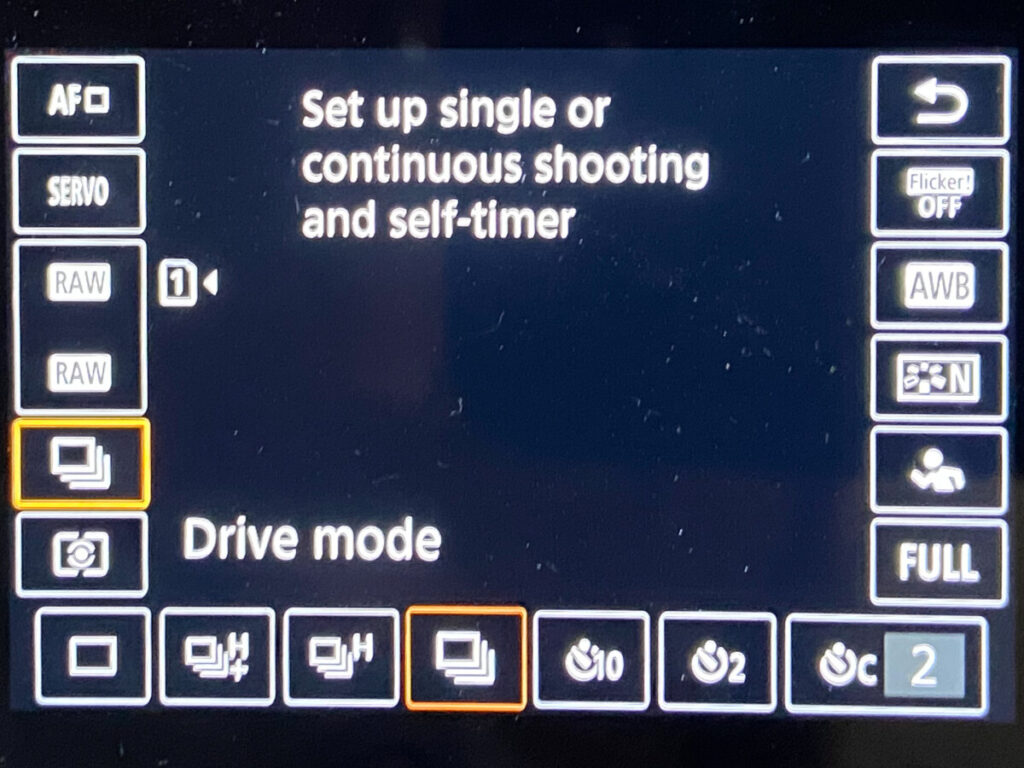Contents
CUNY Photo Challenge
Enter your best image! Get extra credit. Entries due March 28th.
Inspiration
Shutter Speed
Shutter Speed is the length of time that the sensor is exposed to light to create the photograph. It is measured in seconds or fractions of a second.
The full stops for shutter speed are: 30”, 15”, 8”, 4”, 2”, 1”, . sec, ., 1/8, 1/15, 1/30, 1/60, 1/125, 1/250, 1/500, 1/1000, 1/2000, 1/4000, 1/8000
Doubling the time, doubles the amount of light that reaches the sensor.
When shooting with a cameraphone and the Lightroom Photoshop app, you can set the shutter speed of your cameraphone between 1/10,000 and 1/4 sec.
A good rule of thumb when shooting with a camera is: Any shutter speeds slower then 1/60 require the use of a tripod. When shooting with a cameraphone, you will need a tripod to shoot at 1/15 or slower.
Resource
Capturing Motion
Your choice of shutter speed will change the way motion is captured in the photograph.
Frozen Motion-Motion is stopped and captured in the frame with a fast shutter speed.
Inspiration:
World Sports Photography Awards Aquatic winners
World Sports Photography Awards Basketball
Timing
The exact moment that you take the picture is as important as how long the shutter speed is. This is often called:
The Decisive Moment: A term coined by Cartier Bresson- “the simultaneous recognition, in a fraction of a second, of the significance of an event as well as the precise organization of forms which gives that event its proper expression.”

Photographer: Henri Cartier-Bresson
How to freeze motion:
- Use a shutter speed of 1/ 500, 1/1000 or faster.
- Use the AF mode – AI Servo.
Auto Focus
AF Area Selection Mode: facial recognition, single point Spot AF, Single Point AF, AF Point Expansion, Zone AF, Large Zone AF.

One Shot is for still subjects. AI Servo is for moving subjects.

Blurred Motion
Moving elements blur with a longer shutter speed.
Inspiration:
Lee-Ann Olwage, The Big Forget
How to blur motion:
- Use a slower shutter speed – 1/4 sec to 30″ or even longer
- Direction-if the subject moves parallel to the picture plane there is more visible movement than if the subject moves toward or away from the camera.
- Focal length-a subject will appear blurrier when photographed with a telephoto lens than when photographed with a wide-angle lens.
Lab Exercise
Lab 7: Freezing and blurring motion
Homework Assignment
Class Schedule
April 3: Aperture and Depth of Field: Brooklyn Botanic Garden
April 10: Portraits
April 17: Portrait w 2 and 3 lights





Leave a Reply